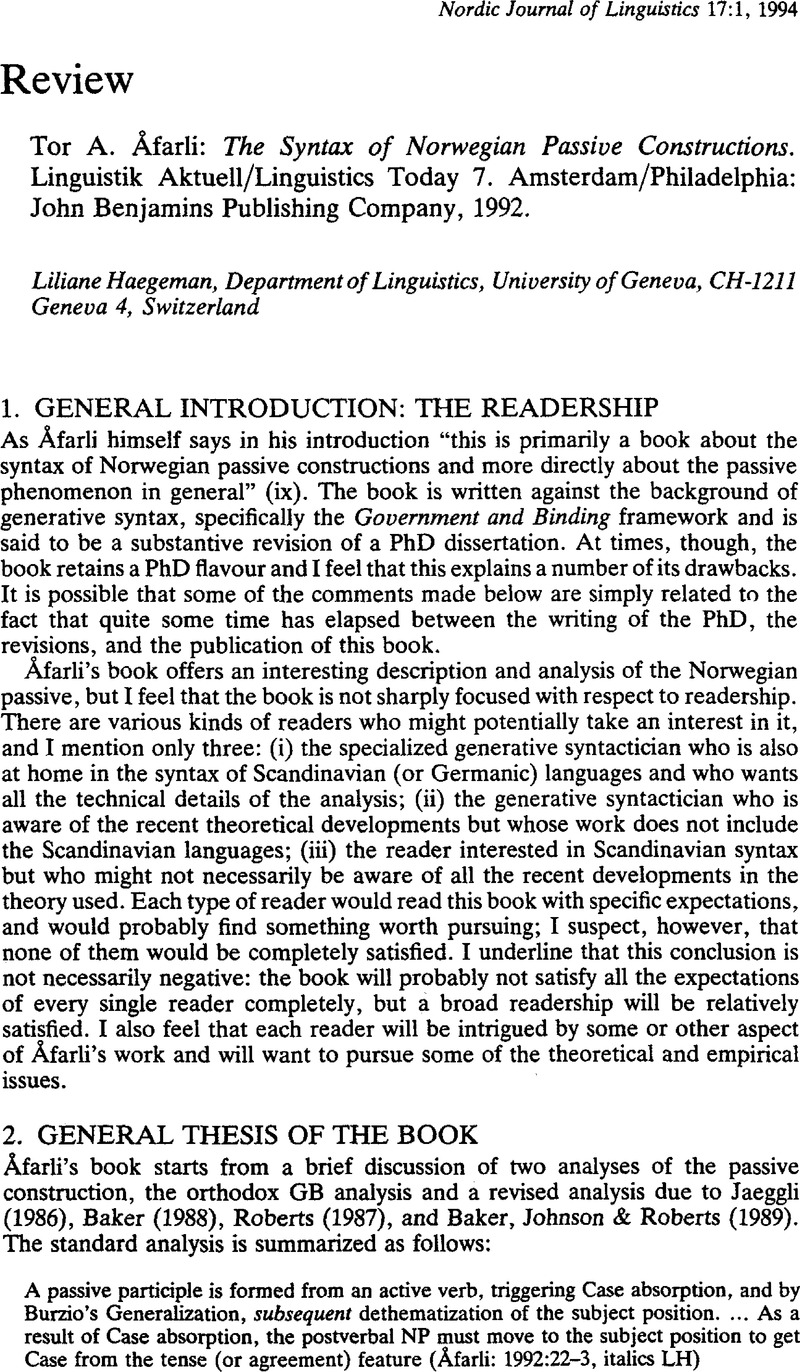Crossref Citations
This article has been cited by the following publications. This list is generated based on data provided by Crossref.
Willie, Willie U.
2022.
Current Issues in Descriptive Linguistics and Digital Humanities.
p.
45.



